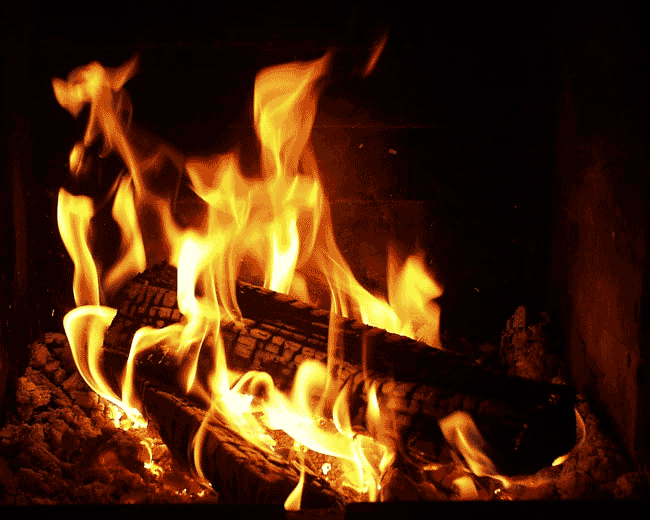clink at Official website for pictures http://www.saintanthonyschapel.org/
A nun at a chapel of relics in Pittsburgh says the extraordinary atmosphere associated with the artifacts has led to cures of everything from birth problems to cancer.
The shrine, St. Anthony Chapel, on Troy Hill in Pittsburgh, houses what they assert is the largest collection of authenticated Catholic relics -- about 5,000 -- outside of the Vatican.
Included in the collection are the complete skeletal remains of Saint Demetrius (housed underneath the altar), the skulls of Saint Macharius and Saint Stephana, skulls of the martyred companions of Saint Ursula, the skull of Saint Theodore, and even the tooth of the chapel's patron, Saint Anthony of Padua.
There are also historic monstrances, statues, and what are alleged to be a fragment from the Blessed Mother's veil, two pieces from the table used for the Last Supper, and 22 pieces from the "True Cross."
The nun, Sister Margaret Liam Glenane, who gives tours at the shrine, says the number may exceed 5,000, most collected by Father Suitbert Godfrey Mollinger, the original pastor of the parish Most Holy Name of Jesus Church, which is associated with the chapel. "Father Mollinger was born in the Kingdom of Belgium, Providence of Brabant, Common of Campenhout, Second Lieutenant in the cavalry; educated at Amsterdam, studied medicine in Naples, Rome and Genoa: attended seminary in Ghent.
"During his term at Ghent, he formed the acquaintance of an American bishop in search of missionary volunteers to the Americas," according to a biography.
Father Mollinger, who died in 1892, collected the items with the help of relatives and friends during political upheaval in Germany and Italy in the 1880s, a time when persecution of the Church led to abandonment of many precious items from some of Europe's most treasured sanctuaries.
Father Mollinger was from a wealthy German family and after emigrating to the U.S. originally planned to be a doctor until he felt a calling to the priesthood. He financed collection of the relics and construction of the chapel, which is described as exquisite, with gorgeous life-sized Stations of the Cross imported from Munich. Most of the items have certificates of authenticity, the oldest dating to August 12, 1716.
"He built a school and convent and got the Sisters of Notre Dame to teach and they taught there for 115 years," Sister Margaret informs us. "He also built a beautiful rectory with his own family's money. Then he said he wanted to build a chapel in honor of St. Anthony and that he would match any money with his own.
"He was refused, so he built it out of his own money. The chapel was half of what is there now. While he was building the chapel, there was disturbance between Italy and Germany, and many churches had to close. He was aware of relics that might end up on the street, and went back and forth to Europe for them. He had friends and relatives looking for relics. He already had many himself."
A nun at a chapel of relics in Pittsburgh says the extraordinary atmosphere associated with the artifacts has led to cures of everything from birth problems to cancer.
The shrine, St. Anthony Chapel, on Troy Hill in Pittsburgh, houses what they assert is the largest collection of authenticated Catholic relics -- about 5,000 -- outside of the Vatican.
Included in the collection are the complete skeletal remains of Saint Demetrius (housed underneath the altar), the skulls of Saint Macharius and Saint Stephana, skulls of the martyred companions of Saint Ursula, the skull of Saint Theodore, and even the tooth of the chapel's patron, Saint Anthony of Padua.
There are also historic monstrances, statues, and what are alleged to be a fragment from the Blessed Mother's veil, two pieces from the table used for the Last Supper, and 22 pieces from the "True Cross."
The nun, Sister Margaret Liam Glenane, who gives tours at the shrine, says the number may exceed 5,000, most collected by Father Suitbert Godfrey Mollinger, the original pastor of the parish Most Holy Name of Jesus Church, which is associated with the chapel. "Father Mollinger was born in the Kingdom of Belgium, Providence of Brabant, Common of Campenhout, Second Lieutenant in the cavalry; educated at Amsterdam, studied medicine in Naples, Rome and Genoa: attended seminary in Ghent.
"During his term at Ghent, he formed the acquaintance of an American bishop in search of missionary volunteers to the Americas," according to a biography.
Father Mollinger, who died in 1892, collected the items with the help of relatives and friends during political upheaval in Germany and Italy in the 1880s, a time when persecution of the Church led to abandonment of many precious items from some of Europe's most treasured sanctuaries.
Father Mollinger was from a wealthy German family and after emigrating to the U.S. originally planned to be a doctor until he felt a calling to the priesthood. He financed collection of the relics and construction of the chapel, which is described as exquisite, with gorgeous life-sized Stations of the Cross imported from Munich. Most of the items have certificates of authenticity, the oldest dating to August 12, 1716.
"He built a school and convent and got the Sisters of Notre Dame to teach and they taught there for 115 years," Sister Margaret informs us. "He also built a beautiful rectory with his own family's money. Then he said he wanted to build a chapel in honor of St. Anthony and that he would match any money with his own.
"He was refused, so he built it out of his own money. The chapel was half of what is there now. While he was building the chapel, there was disturbance between Italy and Germany, and many churches had to close. He was aware of relics that might end up on the street, and went back and forth to Europe for them. He had friends and relatives looking for relics. He already had many himself."








